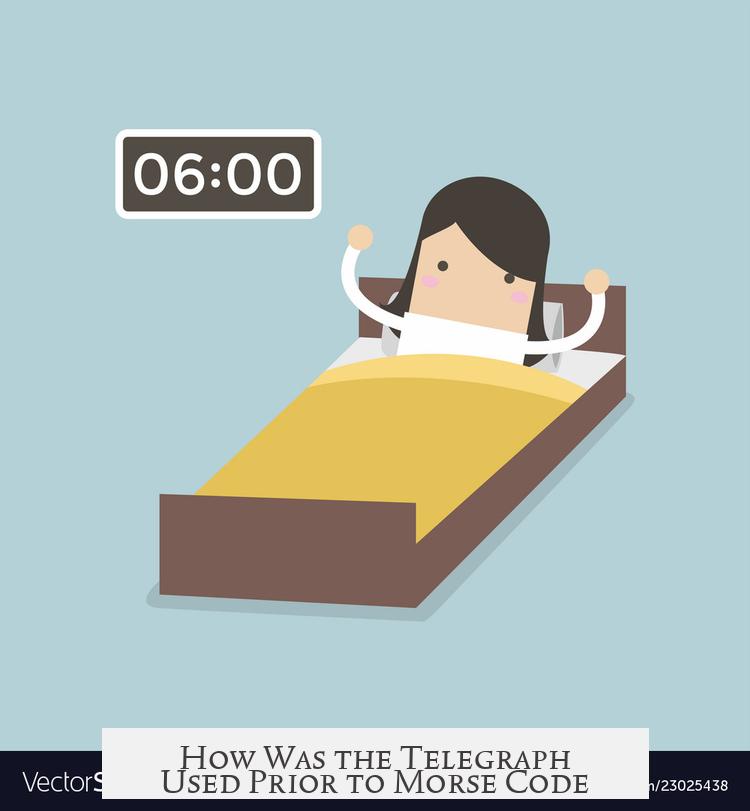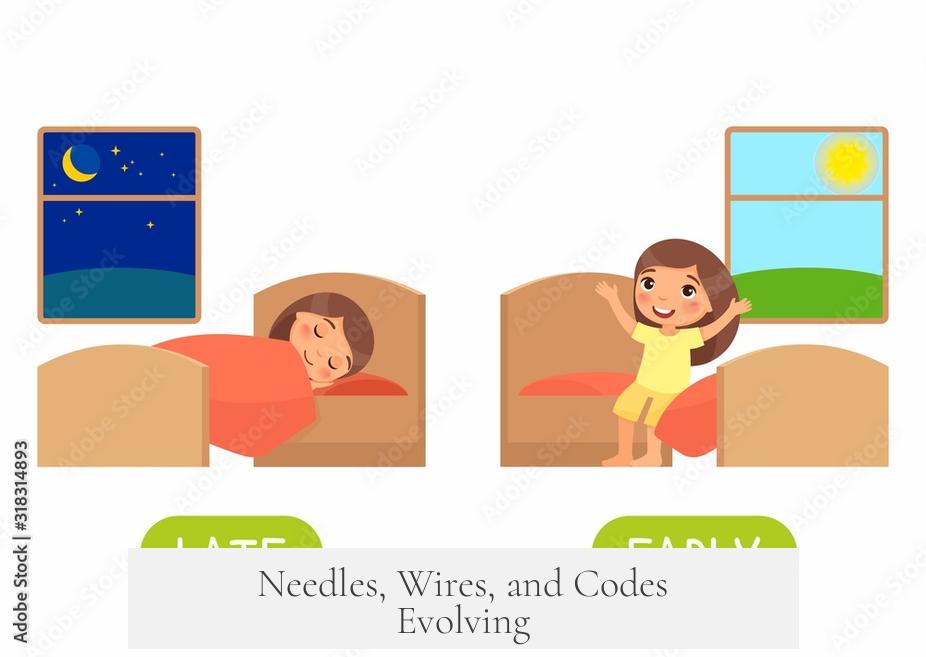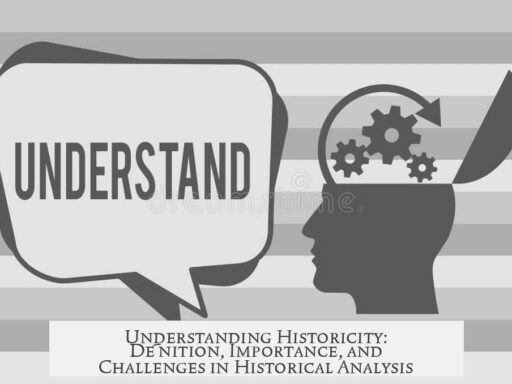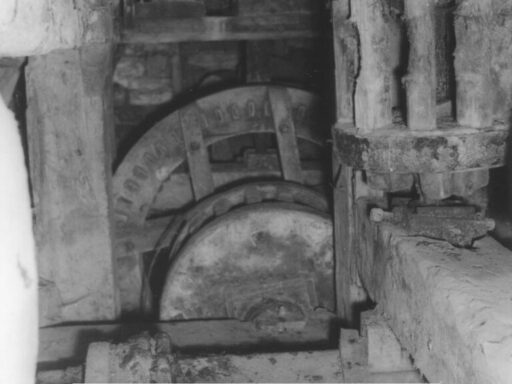The telegraph prior to Morse Code generally operated using needle telegraph systems, which transmitted messages by moving needles to indicate letters or symbols directly. This technology allowed operators to visually read messages without memorizing codes, making it straightforward but limited by the need for multiple wires and slower transmission speed.
The telegraph was invented and patented in 1837, the same year the Cooke & Wheatstone needle telegraph appeared. Their system differed significantly from Morse’s armature telegraph and the later Morse Code-based communication. Needle telegraphs represent an earlier electrical telegraph technology that lasted alongside Morse and other systems well into the late 19th and early 20th centuries.
The Cooke & Wheatstone telegraph, installed commercially in 1838 on the Great Western Railway line between Paddington and East Drayton, used a 5-needle layout. Each needle pointed to specific letters on a diamond-shaped matrix containing 20 characters. Because a single needle could only move left or right, multiple needles were necessary to represent enough characters. This design required 6 wires between stations—one for each needle plus an additional wire to complete the circuit.
This needle telegraph system encoded messages by positioning needles toward letters or symbols, so the receiver saw the intended character directly. It eliminated the need for skilled operators to memorize codes or interpret long sequences, allowing clerks or railway personnel to handle telegraphy as part of their regular duties. Sending messages involved an operator manipulating handles corresponding to specific needle positions, moving the needles to spell out words.
- Advantages:
- Easy visual reading.
- No code memorization.
- Accessible to non-specialists.
Despite these strengths, needle telegraphs had notable disadvantages. The need for multiple wires increased infrastructure costs. The 5-needle system required six wires, posing engineering and maintenance challenges, especially over long distances. For instance, the original wires on the Paddington-East Drayton line frayed quickly. Communication speed was limited because operators had to watch needles move and write down letters manually, making it inefficient for long or fast-paced conversations.
To address wire limitations, engineers sought to reduce the number of needles and wires. Systems evolved to use fewer needles, such as 2 needles and 3 wires or eventually a single-needle system requiring just 2 wires. These simplifications relied more heavily on coded signals combining needle movements, thereby increasing complexity of interpretation and partially adopting the idea of encoding messages, but not Morse Code.
Samuel B. Morse independently patented his electrical telegraph system in 1837. His approach differed by using an armature at the receiving end that produced dots and dashes impressed on paper tape. Morse developed a code to translate this pattern into letters and numbers, but the code itself was not widely adopted for telegraphy until around 1844. Initially, Morse telegraphs required operators to write and read the tape, a slower process. Operators later memorized the code to improve efficiency.
Before Morse Code became standard, telegraphy largely depended on needle telegraph designs in Britain and early telegraph systems elsewhere. These systems transmitted messages visually by needle positions or mechanical markers. The operation was intuitive but constrained by multiple wires, slower speeds, and complexity for long messages.
| Feature | Needle Telegraph (Pre-Morse Code) | Morse Telegraph (Pre-1844) |
|---|---|---|
| Encoding | Needles point directly to letters or symbols | Armature movement impresses dots and dashes on tape; code not widely used yet |
| Wiring | Multiple wires (needles + 1) | Single wire with ground return |
| Operator Skill | Low; easy visual reading | High; needed to transcribe coded signals from tape |
| Speed | Slow; manual recording of letters | Initially slow; improved as operators memorized code |
| Applications | Short messages such as railway signals | Longer messages after code adoption |
Needle telegraphs continued limited use even after Morse Code dominated electrical telegraphy. They remained common for specialized applications where direct visual indication was valuable and infrastructure limited complex wiring. The Cooke & Wheatstone system, for example, coexisted alongside Morse telegraphs into the late 19th century.
In summary, telegraphs before Morse Code functioned primarily via needle telegraph systems. These devices communicated by moving needles to point at letters on a fixed display. They required multiple wires and sent messages slowly but were easy to operate without code knowledge. Morse’s system introduced coded electrical pulses recorded on tape but did not become widespread until 1844. The transition from needle to Morse Code telegraph signaled a shift toward more efficient, wire-saving, and faster electrical communication.
- Early telegraphs used needle movements pointing to letters, not code sequences.
- Multiple wires were essential for needle telegraph operation, increasing infrastructure complexity.
- Messages were sent by physically moving needles, enabling simple visual decoding.
- Morse Code was developed simultaneously but gained general use only from 1844 onward.
- Needle telegraphs remained in use for specific tasks even after Morse Code’s rise.
How Was the Telegraph Used Prior to Morse Code?

The telegraph was primarily used through the needle telegraph system, especially the Cooke & Wheatstone telegraph, which sent messages by moving needles to point directly at letters on a display. This system did not require memorizing codes like Morse Code and operated mainly with multiple wires. Morse Code wasn’t generally used until around 1844, so before then, telegraphy was a visually read process.
So, let’s wind back to 1837. We all know the telegraph changed how information traveled faster than a galloping horse, but did you think about how messages zipped through wires without Morse’s famous code? It’s like having a smartphone but no emojis yet. Early telegraphs had their own charm — needle telegraphs, to be exact.
Picture a compass needle spinning with each electric current sent along a wire. This is basically how the needle telegraph worked. The Cooke & Wheatstone telegraph was the pioneer needle telegraph system, patented in 1837, at the same time as Morse’s armature telegraph. Instead of just buzzing dots and dashes onto paper tape, their needles pointed directly at letters on a display face. Easy, visual, and straightforward.
The Magic of the Needle Telegraph
Unlike Morse’s system, which demanded skilled operators who memorized codes, the needle telegraph was user-friendly. Just look at the needle’s position, then write down the letter it points to. This meant clerks could multitask — managing telegraphy alongside other duties without breaking a sweat. Simple, right?
The original commercial use of this came in 1838 on the Great Western Railway, connecting Paddington and East Drayton, a 13-mile stretch. They installed a 5-needle telegraph setup. Those five needles pointed at characters in a diamond-shaped matrix with 20 characters. Imagine a needle-based board game helping you send messages swiftly to the next station. But hold on, this game had wires, and lots of them — six wires crisscrossing between stations!
Why six? Each needle needed its own wire, plus an extra one to complete the electrical circuit. Here’s a quick formula for you: number of wires = number of needles + 1. Five needles? Six wires. It wasn’t cheap or simple to string and maintain all these wires for communication.
Needles, Wires, and Codes Evolving

Early operators would manipulate handles to control each needle’s movement. Turning a handle here or there caused a needle to jump left or right, pointing to the right character. It was a kind of electrical pointer system. Sounds fun but it had its catch.
First, lots of wires. Second, it was slow—especially if you wanted to send more than just a short message or a quick railway instruction. Reading each needle’s position, writing it down, then decoding took time. You couldn’t have a lively chat over a needle telegraph. Imagine trying to conduct a rapid-fire debate but your only tool is a compass needle.
To fix these issues, engineers worked to cut down wire use and increase the complexity of encoding signals. After the original wires frayed on the Great Western Railway, they replaced the system with a 2-needle telegraph using only 3 wires. This came with a catch: more code-like signals were needed. The needles would move in combinations to build letters, similar but still not quite Morse. Eventually, some systems went down to a single needle and two wires. That’s a lot fewer wires but required more skill interpreting the needle’s movements in code form.
Morse’s Telegraph: A Different Approach
Meanwhile, across the Atlantic, Samuel B. Morse also patented an electrical telegraph in 1837, but his design was different. Instead of moving needles, it moved an armature that pressed out dots and dashes onto a paper tape. Operators at first believed they could leisurely write out long sequences of key presses and decode slowly. What actually happened is operators became code masters—they memorized Morse Code and translated it on the fly, making the system faster.
But Morse Code itself was not widely adopted until about 1844. Prior to that year, Morse’s telegraph was more about recording sequences rather than fast, live communication. On the other hand, needle telegraphs were already commercial and practical for short, simple messages, especially for railways.
The Real World Impact – Railways and More

Why did needle telegraphs suit railways? Railways needed quick but short messages: Is the next train late? Has the track been cleared? A needle quickly pointing to “Yes” or “No” or specific letters worked well. You didn’t want long love letters over these wires—just short, critical instructions.
That’s why these systems lasted well into the 20th century in some places. They were easy to read, simple to operate, and reliable for routine messages. Morse Code’s clever dots and dashes were better for longer messages but required trained operators.
Some Takeaways: Why Does This Matter?
- Telegraph before Morse Code was largely visual: Needles pointed to letters, making reading immediate without memorization.
- Multiple wires were a pain: The systems needed lots of wiring, a costly and tricky investment in infrastructure.
- Morse’s telegraph was innovative but needed time: The famous code wasn’t in general use until 1844, so the initial system was more a recording tool than a speedy communicator.
- Railway messaging shaped early telegraph use: Messages were short, straightforward, and often local, which suited needle telegraphs perfectly.
- Needle telegraphs evolved into code systems: Later modifications added some code complexity and reduced wires, nudging systems closer to Morse-like coding.
Imagine This Scenario:

You’re a railway clerk in 1839. Your desk has a box with needles and wires running out the window. Your job? Turn handles to move needles, making them point to letters on a board. The engineer miles away watches the needles, writes down what they point to, and sends back confirmation. No codebook, no memorizing dots or dashes, just good old visual pointer magic. Faster than sending pigeons but slower than yelling across a field.
But as railways expanded and businesses demanded faster, longer, and more complex messages, telegraph systems had to get cleverer and more efficient. Morse Code came like a superhero, simplifying wires and speeding up transmission.
In Conclusion
Before Morse Code became king of telegraphy in 1844, the telegraph used mainly needle-based systems like the Cooke & Wheatstone telegraph. These relied on mechanical needle positions pointing to letters, transmitted over multiple wires. This setup worked well for short, simple communication, with no need for code memorization. Morse’s armature telegraph existed at the same time but took a few years to evolve from a slow recording method into the efficient, code-based system we recognize today.
So next time you hear about the telegraph, remember: the early days weren’t all dots and dashes. Sometimes, the message was just a needle pointing the way.
How did the Cooke & Wheatstone telegraph send messages before Morse code?
It used needles to point directly at letters on a display. Operators manipulated handles to control needle positions, which showed characters clearly without needing special codes or trained operators.
Why were multiple wires needed in early telegraph systems?
Each needle required its own wire plus one extra wire to complete the circuit. For example, the original 5-needle telegraph needed 6 wires connecting stations to move needles independently.
What limited the use of needle telegraphs before Morse code?
Needle telegraphs were slow and cumbersome for long messages. Reading needles and writing down letters worked well for brief railway signals but was inefficient for longer or faster communication.
How did early telegraph operators send messages without a code?
Operators visually read needle positions as letters. Messages were sent by moving needles to specific points. There was no need to memorize or use a code like Morse until later developments.
Did Morse’s telegraph use Morse code at invention in 1837?
No, Morse’s system initially recorded electric pulses on paper tape. Code memorization and general use of Morse code for efficient transmission came around 1844, after initial invention and testing phases.
Were needle telegraphs used after Morse code became common?
Yes, needle telegraphs remained in use for specialized tasks into the 20th century. They operated without Morse code, valued for their straightforward visual display despite slower speed and wire needs.




